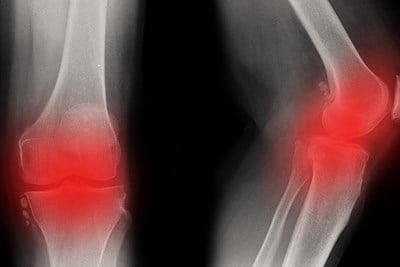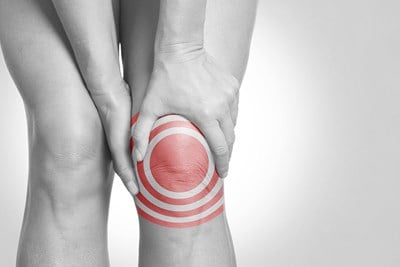Hairline fractures, also referred to as stress fractures, are minor cracks on your bones. If a fracture isn’t treated immediately it can become severe. Here’s a look at everything you need to know about hairline fractures including symptoms, causes, diagnosis, and treatment.
Causes
Repetitive stress on your bone causes small cracks to appear, which will progress into stress fractures. The force or stress isn’t strong enough to cause a sudden break, but the repetition of stress doesn’t allow the bone to repair itself. Unable to recover, the bone becomes weak and more vulnerable to stress fractures.
Risk Factors
The following factors can increase your risk for a hairline fracture:
- Sports: Stress fractures are often seen in people who participate in sports such as track and field, basketball, tennis, or gymnastics.
- Change in activity: Stress fractures often occur in people who suddenly shift from a sedentary lifestyle to an active training or exercise routine.
- Sex: Women who have abnormal or absent menstrual periods are at higher risk of experiencing stress fractures.
- Foot problems: If you have flat feet or high, rigid arches, you’re more likely to develop stress fractures.
- Osteoporosis: This condition can weaken your bones and make it easier for hairline fractures to develop.
Symptoms
Pain is a common symptom of a hairline fracture, while it may not be noticeable at first. Pain will increase over time. It’ll also feel tender and may swell around the affected area.
If pain becomes severe or continues to hurt even at rest, call your doctor.
Diagnosis
Imaging tests you may undergo in order to help confirm a diagnosis of a stress fracture include:
- Magnetic resonance imaging (MRI): An MRI can detect stress fractures within the first week of the injury. This type of diagnostic test can also better distinguish between hairline fractures and soft tissue injuries.
- X-rays: Hairline fractures usually don’t show up on an X-ray until several weeks after your signs and symptoms begin.
- Bone scan: You’ll be given a small dose of radioactive material through an intravenous line a few hours before a bone scan. The radioactive substance collects in areas where your bones are being remodeled, or repaired. The areas will show up on the scan as a bright white spot. The test, however, isn’t very specific for hairline fractures because several types of bone problems appear similar on bone scans.
Treatment
For the first month and a half, you’ll want to refrain from participating in activities that can irritate your injury. After your bone has recovered, you can slowly start your normal activities.
If you experience severe pain, you may need to wear a walking boot, brace, or use crutches in order to decrease weight on the bone until it recovers. Analgesics can also be prescribed when pain is extreme.
Surgery is sometimes needed for total healing of some kinds of hairline fractures, especially for fractures that develop in areas with poor blood supply.



